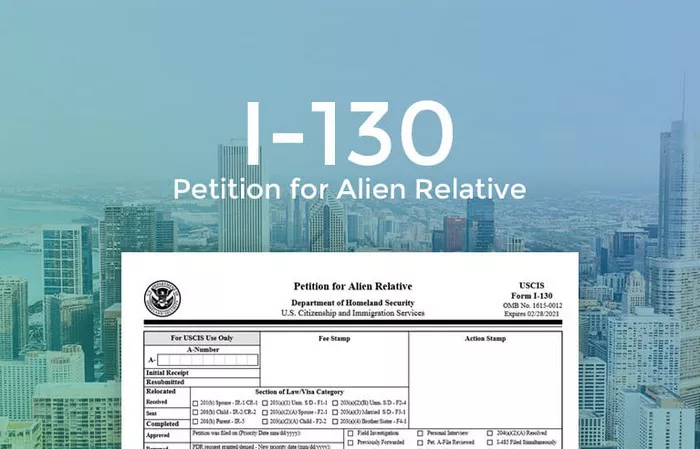The journey towards family reunification in the United States can often feel like navigating through a labyrinth of paperwork, regulations, and waiting periods. At the heart of this process lies the I-130 form, the Petition for Alien Relative, which serves as the initial step for a U.S. citizen or lawful permanent resident to sponsor a family member’s immigration to the United States. While the desire to be reunited with loved ones is strong, the reality is that the approval timeline for the I-130 petition can be lengthy and unpredictable, subjecting applicants to months, and sometimes even years, of anticipation and uncertainty.
Understanding the I-130 Process: A Roadmap
Before delving into the intricacies of the approval timeline, it’s essential to grasp the fundamental steps involved in the I-130 process. The petitioner, typically a U.S. citizen or lawful permanent resident, must submit Form I-130 to United States Citizenship and Immigration Services (USCIS), along with supporting documentation proving the familial relationship. This documentation may include birth certificates, marriage certificates, and other relevant records.
Once USCIS receives the petition, they will review it for completeness and accuracy. If any discrepancies or deficiencies are found, the petitioner may be asked to provide additional evidence or clarification. Assuming the petition is deemed sufficient, USCIS will then begin the process of adjudicating the case.
The Waiting Game: Factors Influencing Approval Times
While USCIS aims to process I-130 petitions as efficiently as possible, several factors can influence the length of time it takes to receive a decision. These factors include:
1. Case Volume: The sheer volume of petitions received by USCIS can impact processing times. During periods of high demand or backlog, delays may occur as USCIS personnel work through a larger-than-usual caseload.
2. Familial Relationship: The nature of the familial relationship between the petitioner and beneficiary can also affect processing times. For example, petitions for spouses and unmarried children under 21 are typically processed more quickly than those for siblings or adult children.
3. Country of Origin: The country from which the beneficiary is seeking to immigrate can play a role in processing times. USCIS may give priority to petitions from countries with lower demand or allocate additional resources to address backlogs from high-demand countries.
4. Complexity of the Case: Cases that involve complicating factors, such as prior immigration violations, criminal history, or discrepancies in documentation, may require additional time for review and adjudication.
5. Request for Evidence (RFE): In some cases, USCIS may issue a Request for Evidence (RFE) if additional documentation or clarification is needed to make a decision. Responding to an RFE can prolong the overall processing time.
6. Administrative Processing: Occasionally, cases may be subject to administrative processing, during which USCIS conducts additional background checks or seeks input from other government agencies. This can introduce additional delays into the approval timeline.
Strategies for Minimizing Delays
While applicants have little control over certain factors affecting processing times, there are steps they can take to help expedite the approval process:
1. Submit a Complete and Accurate Petition: Ensuring that all required forms are filled out correctly and accompanied by the necessary supporting documentation can help prevent delays due to requests for additional evidence or clarification.
2. Stay Informed: Regularly checking USCIS’s website for updates on processing times and policy changes can help applicants stay informed about the status of their case and any potential delays.
3. Promptly Respond to Requests for Evidence: If USCIS issues an RFE, responding promptly and thoroughly can help keep the process moving forward without unnecessary delays.
4. Consider Premium Processing (if available): In certain circumstances, USCIS offers premium processing services for an additional fee, which guarantees a faster processing time. However, this option may not be available for all case types or categories.
5. Seek Legal Assistance: Consulting with an experienced immigration attorney can provide applicants with valuable guidance and support throughout the petition process, potentially helping to avoid common pitfalls and delays.
Conclusion
The journey towards I-130 approval is often fraught with uncertainty and waiting, testing the patience and resolve of applicants and their families. While the process can be arduous and unpredictable, understanding the factors influencing processing times and taking proactive steps to minimize delays can help navigate the path more effectively.
Ultimately, it’s essential for applicants to remain patient and persistent, keeping their eyes fixed on the goal of reuniting with their loved ones in the United States. By staying informed, submitting thorough and accurate petitions, and seeking appropriate assistance when needed, applicants can maximize their chances of a successful outcome in the I-130 petition process.


